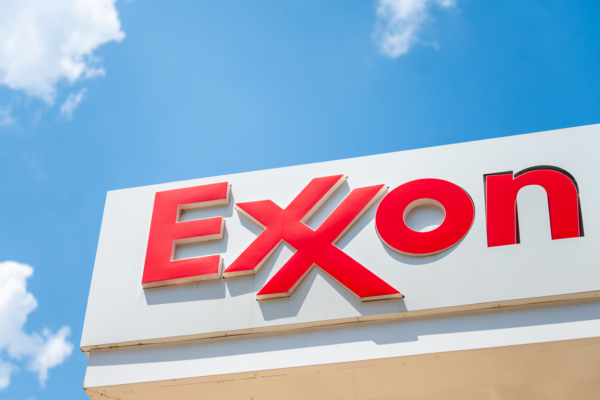On Tuesday, September 30, Exxon Mobil Corp., the American oil giant, announced its plan to lay off 2,000 people globally as part of a long-term restructuring plan.
Exxon Mobil stated that it recognizes the value of consolidating personnel in the same location and is currently adjusting its global footprint to align with its operational model. The company is integrating team resources and consolidating dispersed small offices into regional centers.
According to Yahoo Finance, Exxon Mobil CEO Darren Woods, in a memo to employees on Tuesday, disclosed that this round of layoffs accounts for approximately 3% to 4% of the company’s global workforce, as part of the company’s ongoing efforts to drive efficiency improvements.
Prior to this announcement, Imperial Oil Ltd., in which Exxon holds nearly 70% ownership, announced on Monday, September 29, that they would be cutting 20% of their workforce.
With oil prices plummeting significantly in recent months due to increased production by the Organization of the Petroleum Exporting Countries (OPEC) and its allies, major oil companies such as Chevron Corp., ConocoPhillips, and BP Plc have also announced large-scale layoffs.
As early as 2019, Exxon began a massive internal restructuring, with Woods aiming to streamline the enormous and dispersed global structure that emerged from the merger with Mobil over twenty years ago.
In the memo, Woods described the company’s decisions as “difficult” but built upon years of efforts to enhance competitiveness. He stated, “The changes we announce today will further strengthen our advantage, widen the gap with competitors, and help us maintain our leading position for decades to come.”
The new regional centers will focus on Exxon’s key growth initiatives, such as oil development in Guyana, LNG projects along the Gulf Coast of the United States, and global energy trading. The company recently announced the relocation of employees from Brussels and Leatherhead, UK, to central London, where numerous oil and gas traders are based.
When Woods took over Exxon Mobil in 2017, the company operated nine relatively independent divisions, leading to bureaucratic bloating and overlapping support services. Today, the company has been integrated into three major business segments: production, refining, and low-carbon energy, with all departments sharing engineering, IT, and project management services.
According to company data, since 2019, these reforms have helped the company cut costs by $13.5 billion annually, exceeding the total of all other international oil giants. The company plans to further reduce costs by 30% by 2030.
Woods mentioned that some cost savings came from asset sales and layoffs. He highlighted that the reform led to performance improvements, such as enhanced maintenance of major facilities and full cooperation among business segments, truly achieving resource sharing.
As per the company’s annual report, by the end of 2024, Exxon had 61,000 employees worldwide, a reduction of nearly 20% compared to 2019. Meanwhile, Imperial Oil had 5,100 employees during the same period.

